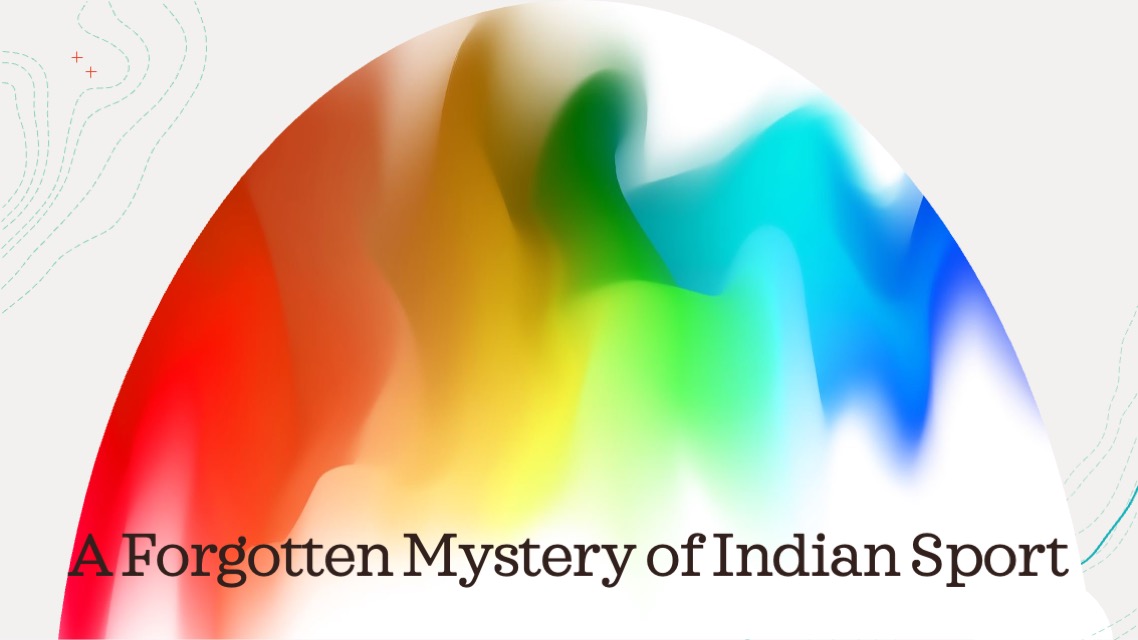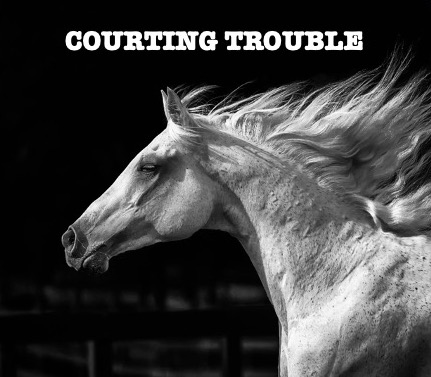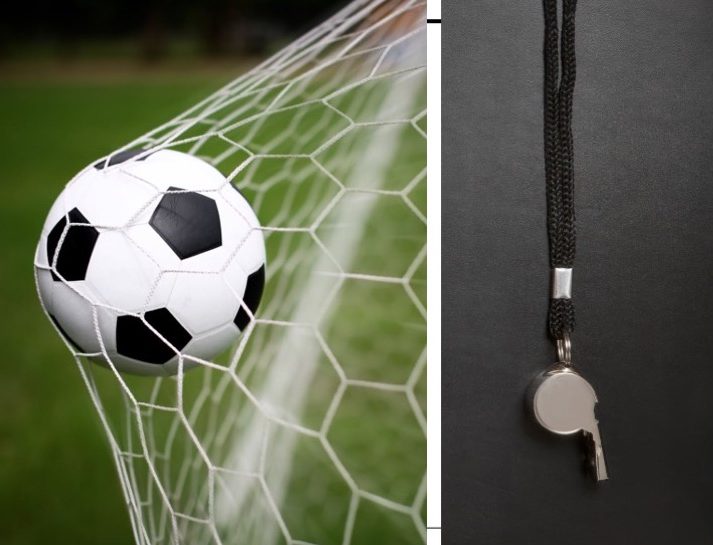Some stories from the distant past have a way of bobbing up. And here is a delightful one that surfaced recently. It features one of India’s most respected names from Hockey. Dropped from the 1960 Olympic Games squad, he made his way to Rome on his own and was given entry as a 3000m Steeplechase runner. Yes, you read that right. A hockey star was entered as a Steeplechaser.
Balkishan Singh Grewal was definitely not a wannabe. Far from it.
He earned his place in Indian sports history, first as a player and then as Coach. He was part of the Indian Hockey team which won gold in the 1956 Melbourne Olympic Games. Then in 1968, he helmed the team as coach to the Mexico City Olympic Games bronze and the 1980 Moscow Olympic Games gold.
For some reason in 1960, it appears that Hari Pal Kaushik replaced him at the airport just as the team was due to leave for the Games. Mysteriously, he also made his way to Rome, stayed in the Athletes Village after being entered in the 3000m Steeplechase event. It has to be one of Indian sport’s less talked about and inexplicable stories, secreted away somewhere in sepia-toned pages.
I stumbled on this tale when researching the evolution of National Sports Policy, the conversations between Government and sports officials as well as India’s quest to give sportspersons a greater say in the day-to-day administration of sport in the country. As often happens, it triggered an attempt to understand the sequence of events that unfolded more than six decades ago.
Echoes in Parliament
This episode featuring Balrishan Singh Grewal echoed in Parliament quite a few times, but it would appear that nobody was able to put a finger on how it happened. Government kept telling Parliament that the three-member committee formed by the All India Council of Sports on October 24, 1960, to inquire into India’s performance in Rome had not submitted its report.
The Committee was chaired by Jaipal Singh, Member of Parliament from Khunti in Bihar and included a former Indian Hockey Federation President Naval Tata . He was the captain of the first Indian Hockey team that had competed in the Olympic Games and had been a key member of the Constituent Assembly. https://picryl.com/media/pakistan-india-hockey-olimpiadi-1960-e093cf
In December 1960, speaking on a motion in the Lok Sabha, HN Mukherjee suspected that Jaipal Singh’s hands would be tied to a certain extent because of his being already a member of the All India Sports Council. It was apparent that the then IOA President Raja Bhalendra Singh and the Indian Hockey Federation President Ashwini Kumar were not exactly favourites of the officials.
In April 1961, Jaipal Singh informed the Lok Sabha that the committee was awaiting the Chef-de-Mission Ashwini Kumar’s report. The following month, he reiterated that position, adding that it was impossible for the panel to work in a vacuum. Joining the debate reluctantly, Jaipal Singh said the House should have waited for the probe committee to file its report.
On May 14, 1962, the Union Minister of Education Dr. KL Shrimali told the Lok Sabha that the Committee had interviewed a number of persons in Calcutta and Delhi and was expected to visit a few other places for receiving more evidence. He also said the Committee was expected to submit is report by the end of August 1962.
During the discussion that ensued, nominated member AET Barrow asked if some witnesses had not appeared before the committee. Dr. Shrimali responded by saying that it was not the only reason for the delay. He said the main reason for the delay was that Committee had not taken its work seriously enough.
Finally, on March 27, 1963, Dr. Shrimali admitted that the main purpose of the committee had been frustrated because the report had not been submitted despite several requests. He also informed the Lok Sabha that Jaipal Singh had submitted what he called a personal report and had said that it was not good enough for the purposes of Parliament.
Not the only Hockey player entered in Athletics
Then again, Balkrishan Singh Grewal was not the only Hockey player who stayed in the Athletes’ Village as a track and field athlete in the Olympic Games that year. Kulwant Arora was entered for the 10000m and Erman Bastian for the Hammer Throw. Like Balkishan Singh who did not show up in the 3000m steeplechase, they did not start in the Athletics events.
A look at the official report of the Organising Committee of the 1960 Rome Olympic Games indicates that only 13 players stepped on the field of play in India’s six matches. David Wallechinsky’s seminal effort, The Complete Book of the Olympics, also lists only 13 names in the Indian squad that finished with the silver medal after a 0-1 defeat by Pakistan.
It is important to remember that this was more than a dozen years before Hockey teams were allowed to field two substitutes each. Back then, if a player was injured during a match, the team had to continue with just 10 players on the pitch. As per the Olympic Charter in force at that time, only these 13 players would have got the Olympic Games silver medals and the diploma.
Five others who did not get to play any of the matches would not have even got the diplomas. Four of these – Shantaram Jadhav, John Macarenhas, Erman Bastian and Kulwant Arora – were not selected for any other Olympic Games competition. Can the last two of this quartet be considered Olympians? That is a conversation we shall have on another day.
Though, Olympics.Com lists 21 players in the Indian squad of 1960 Olympic Games, it would appear a maximum of 18 players were allowed to be registered as part of a Hockey team. Surprisingly, this list of 21 includes Balkishan Singh Grewal and not Shantaram Jadhav who had been included in the 18.
It is not known if Jaipal Singh Committee’s Report ever saw the light of the day beyond the confines of the All India Council of Sports. And thereby hangs the tale of Balkishan Singh Grewal’s flight to Rome, stay in the Athletes’ Village and being entered in the 3000 Steeplechase only for him not to show up at the start line.



